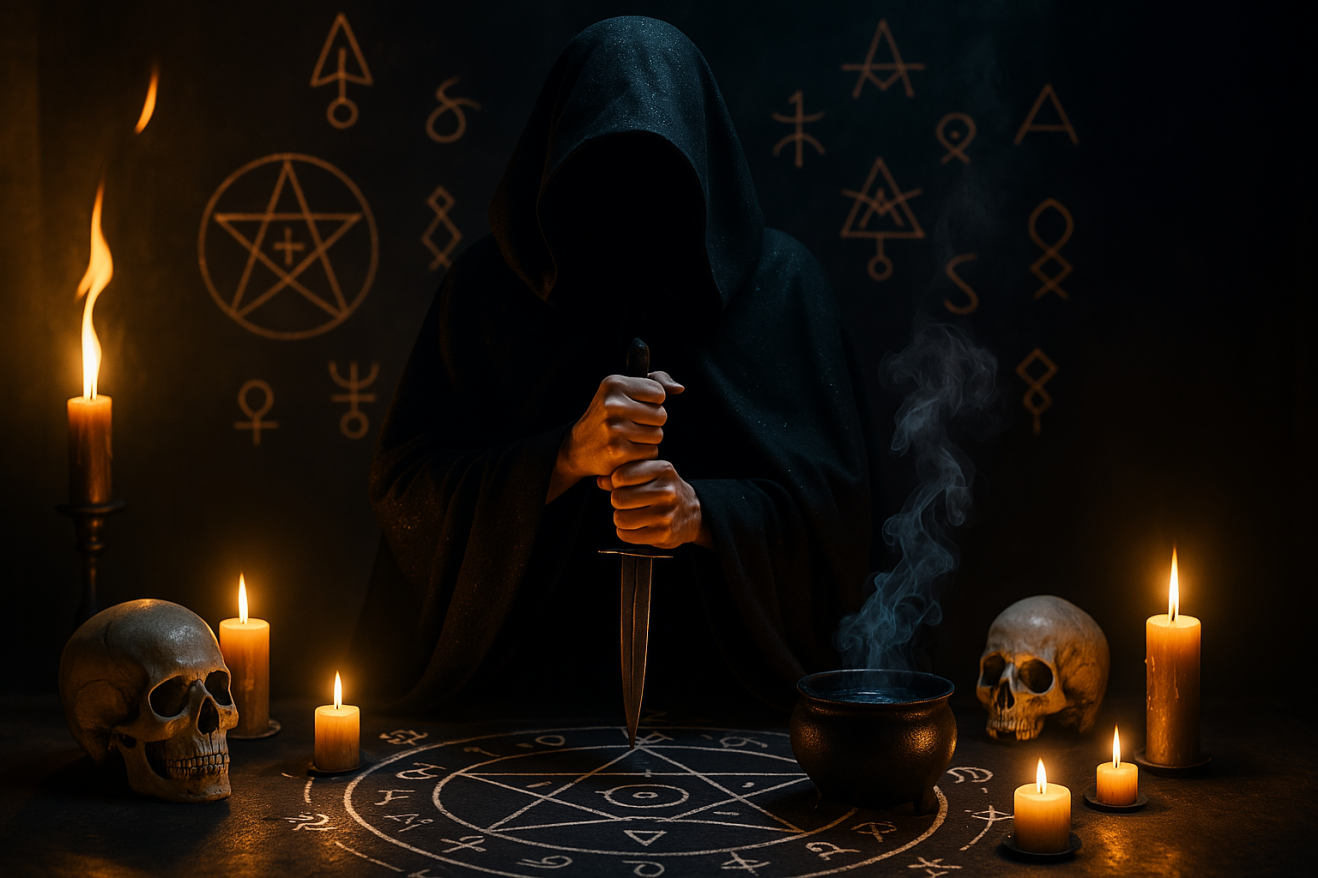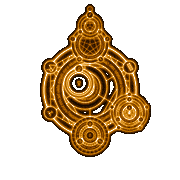Black Magic: Origins, Practices, and Applications

Black Magic: Origins, Practices, and Applications
Black magic is a complex and controversial branch of esotericism that evokes as much fascination as fear. It is generally associated with the use of occult forces for goals often perceived as selfish, malevolent, or manipulative. Unlike white magic, which aims at healing and protection, black magic is used to influence others, summon spirits, or perform supernatural acts beyond human comprehension. However, it is important to note that the distinction between white and black magic is often subjective and varies depending on traditions, beliefs, and the practitioner's intentions. Some see black magic as a form of self-assertion and spiritual self-defense, while others consider it a dangerous path inevitably leading to corruption.
Origins and Definitions of Black Magic
The earliest traces of black magic date back to antiquity, where it was used to conjure spirits and control the fate of others. In ancient Egypt, priests performed embalming rituals and used incantations to guide souls into the afterlife, while some texts suggest the use of curses to protect the tombs of pharaohs. In Mesopotamia, the Akkadians and Babylonians already practiced advanced forms of sorcery, using clay tablets inscribed with formulas intended to attract the favor of the gods or curse their enemies. In the Middle Ages, black magic became synonymous with witchcraft and was violently suppressed by the Catholic Church, which considered any form of occult manipulation as heresy. The witch trials, particularly those of Salem and the Spanish Inquisition, are notorious examples of widespread fear toward these practices.
Common Practices in Black Magic
1. Curses and Hexes
Curses are spells intended to harm a specific person. They can manifest in many forms, from simple bad luck to inexplicable illnesses or repeated failures. In certain African and Caribbean cultures, voodoo Bokors use objects infused with their target's energy, such as hair or personal belongings, to influence their fate. In Europe, medieval witches engraved symbols on bones or stones to channel their malevolent power. A famous example is that of Roman curse tablets, often thrown into wells or buried near graves to summon the spirits of the dead as supernatural allies.
2. Invocation of Entities and Demons
Invoking demonic entities is another major aspect of black magic. According to medieval grimoires such as the Grand Grimoire and the Lemegeton (Clavicula Salomonis), black magic practitioners can summon spirits to obtain wealth, power, or revenge. These rituals generally require specific offerings such as animal blood, rare herbs, or incense with occult properties. One of the most feared rituals is that of Goetia, a branch of ceremonial magic aimed at summoning and controlling spirits to fulfill the magician’s will. However, these practices carry significant risks, as a poorly executed invocation can lead to spiritual possessions or uncontrollable manifestations.
3. Necromancy and Communication with the Dead
Necromancy is the art of communicating with the dead, either to obtain hidden knowledge or to influence the world of the living. This practice was common in antiquity, where Greeks and Romans organized rituals to consult the spirits of their ancestors. Even today, certain branches of occultism use black mirrors, ouija boards, and black candles to make contact with entities from the spiritual world. Strict precautions must be taken, as summoned spirits can be deceptive and malevolent, resulting in severe psychological and physical consequences.
Ethics and Consequences of Black Magic
Black magic, although effective, carries significant psychological and karmic dangers. Many experienced practitioners warn against the principle of backlash, according to which any harmful magical action returns to its sender with multiplied intensity. Some esoteric followers consider black magic a path that leads to spiritual isolation, as manipulating negative energy can alter the practitioner’s aura and attract unwanted entities. People engaging in such practices without proper preparation also risk emotional and mental disturbances, ranging from paranoia to persistent hallucinations.
Conclusion
Black magic is a fascinating yet risky domain that requires great caution and deep knowledge of occult forces. Its use raises ethical and moral questions, particularly about the consequences of manipulating others’ will or invoking supernatural entities. Those wishing to explore this path must be aware of the possible repercussions and protect themselves adequately. Ultimately, whether used for power, revenge, or protection, black magic remains a powerful tool that, in the wrong hands, can wreak havoc both physically and spiritually.







Comments : 0